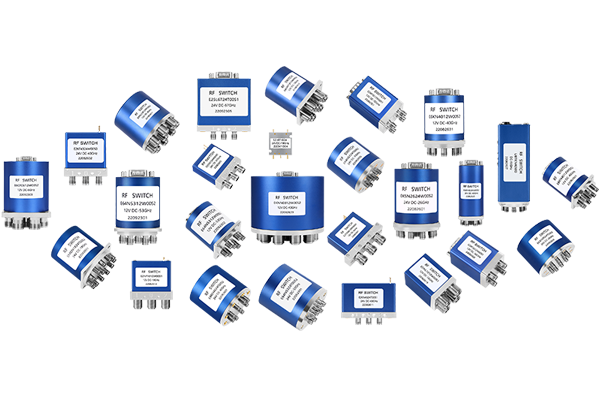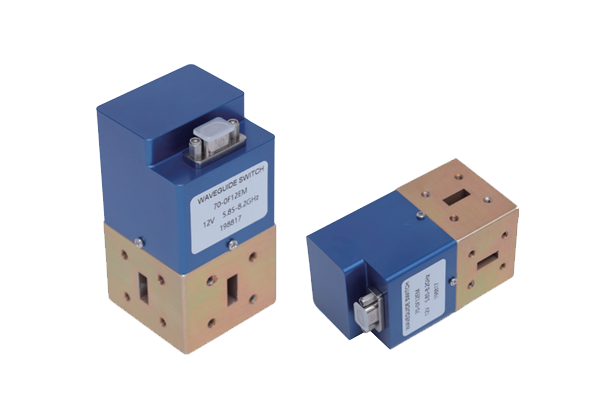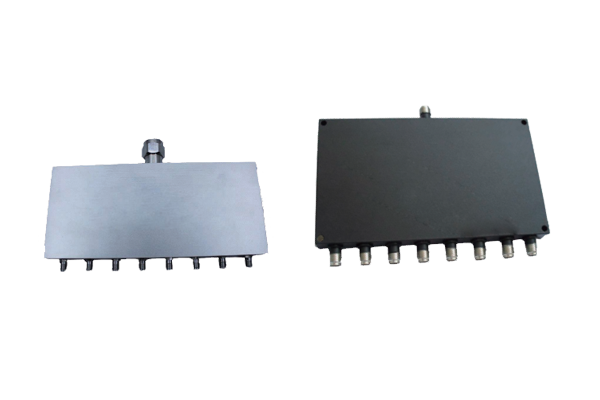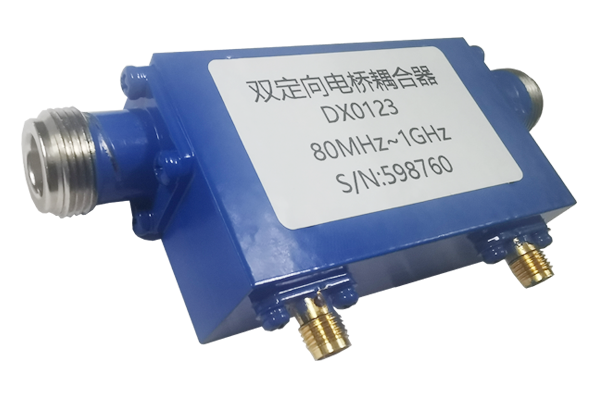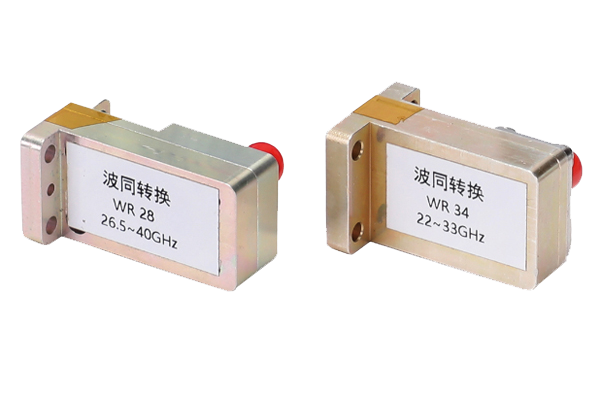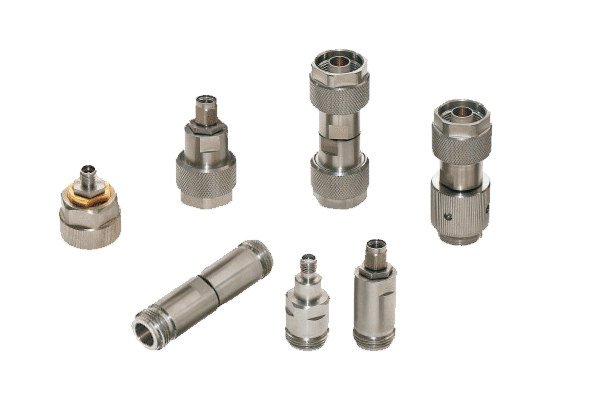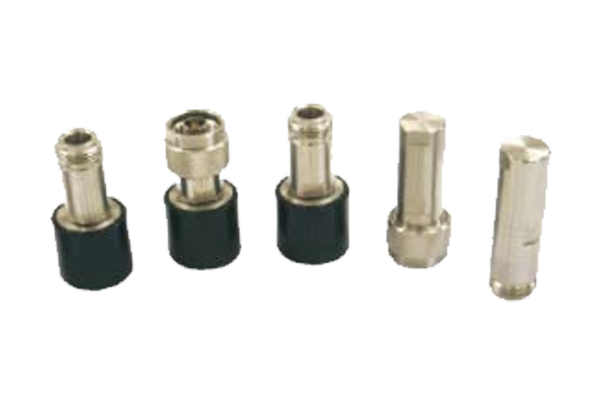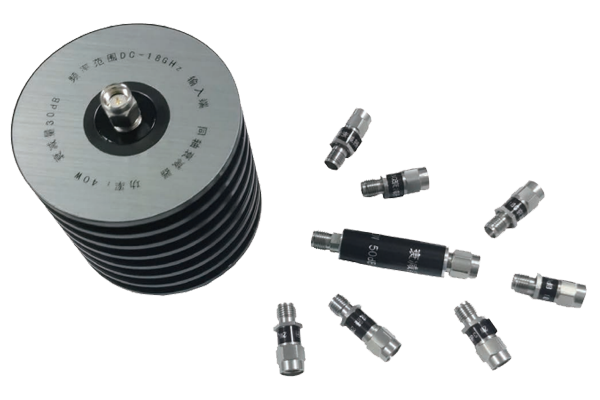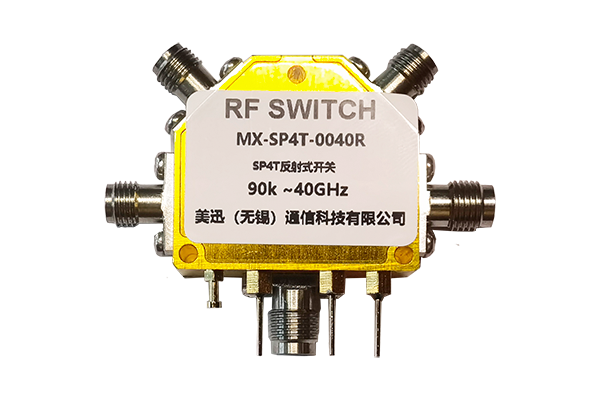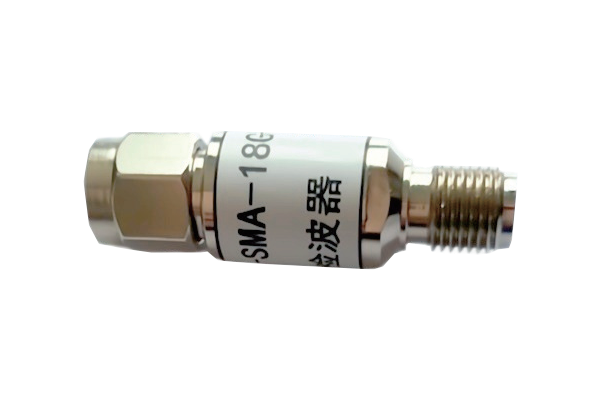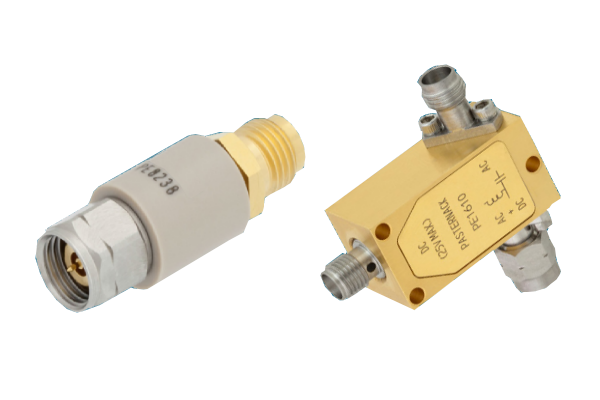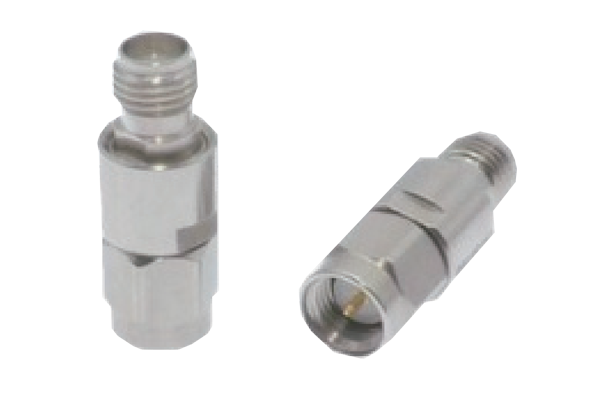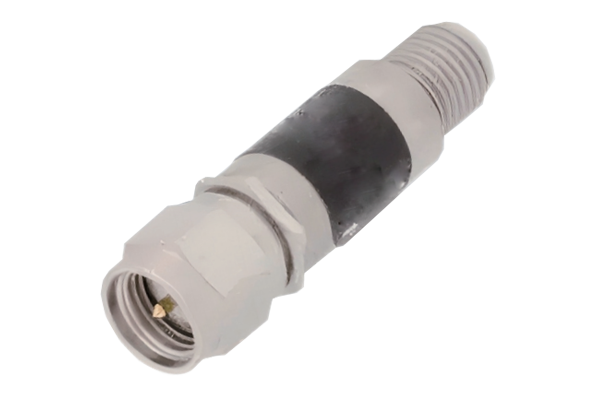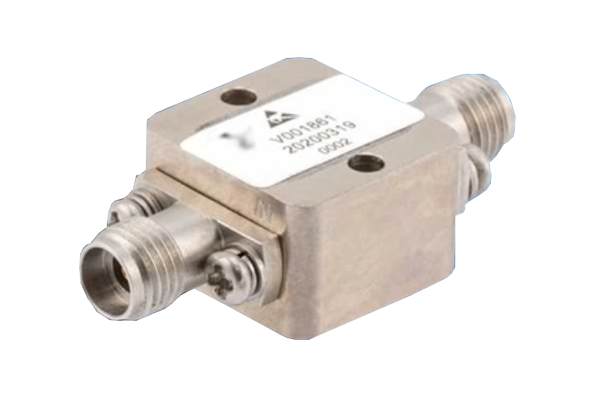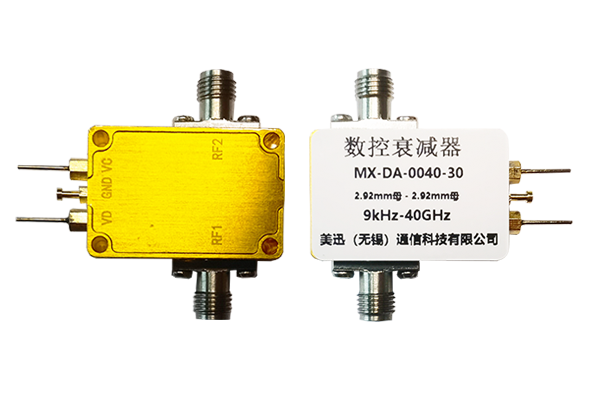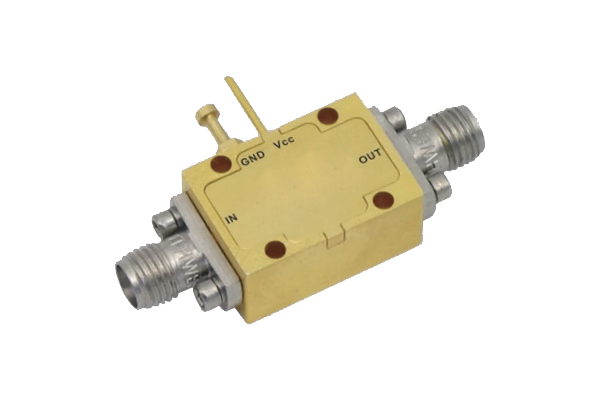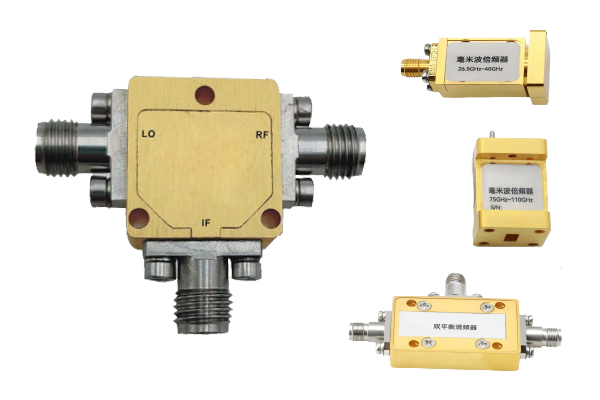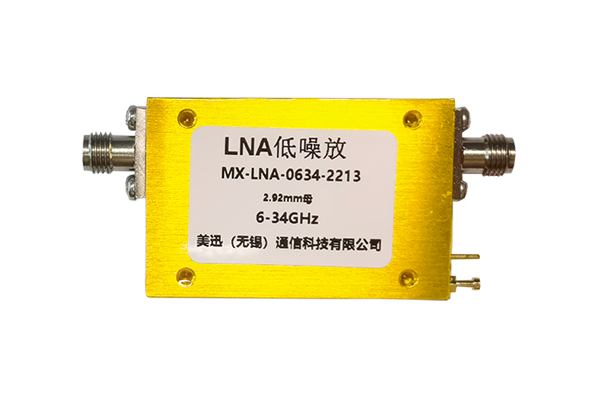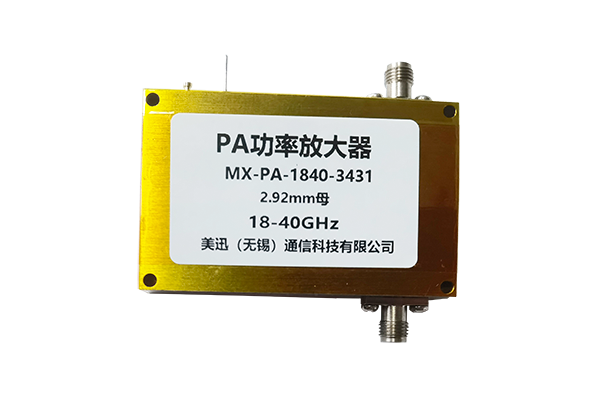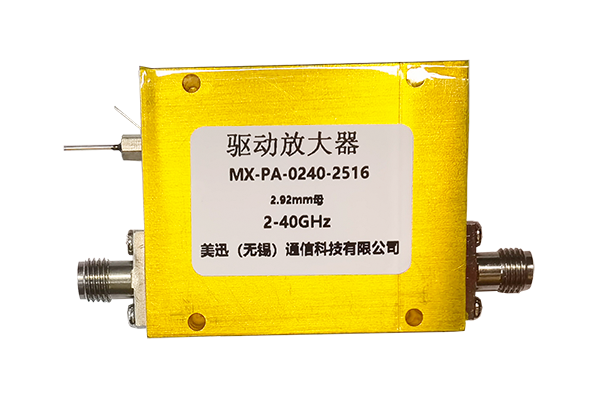Can Power Amplifiers Improve Sound Quality in Speakers
Power Amplifiers and Speaker Sound Quality
1. Power Matching and Headroom
- Optimal Drive Strength: A power amplifier matched to a speaker's impedance (e.g., 8Ω amplifier for an 8Ω speaker) ensures efficient power transfer. Inadequate power (e.g., underpowering a speaker) causes clipping—distorted signals that degrade clarity, especially during dynamic peaks (e.g., drum hits or bass drops).
- Headroom for Transients: A amplifier with 20–30% more power than the speaker's rating allows clean reproduction of sudden volume spikes without distortion. This prevents harshness in vocals or instrumental tones.
2. Signal Purity and Distortion Control
- THD (Total Harmonic Distortion): High-quality amplifiers have low THD (e.g., <0.01%), meaning they add minimal harmonic artifacts to the original signal. Cheap amplifiers with higher THD (e.g., >1%) introduce unwanted "coloration," making sounds muddy or harsh.
- Noise Floor: Low-noise amplifiers (e.g., with shielded circuitry and regulated power supplies) minimize hiss or hum, allowing subtle audio details (e.g., instrument decays or vocal breaths) to remain audible.
3. Damping Factor and Speaker Control
- Damping Factor (DF): This measures an amplifier's ability to control speaker cone movement. A high DF (e.g., >100) tightens bass response by quickly damping cone overhang, preventing "bloated" or indistinct low frequencies. Low DF amplifiers may make bass sound loose or boomy.
- Impedance Matching: Amplifiers with adaptive impedance circuits maintain consistent drive across varying speaker loads, ensuring stable frequency response (e.g., preventing midrange dips in multi-driver speakers).
4. Class and Topology Effects
-
Class A vs. Class D:
- Class A amplifiers produce warm, natural sound with minimal switching noise but are less efficient. They suit high-fidelity systems where tonal accuracy is critical.
- Class D amplifiers (digital) offer high efficiency and tight bass but may introduce slight 高频 (high-frequency) artifacts if poorly designed. Modern designs with advanced PWM (pulse-width modulation) mitigate this.
- Balanced vs. Unbalanced Designs: Balanced amplifiers reduce common-mode noise, ideal for long cable runs in professional setups (e.g., concert venues), while unbalanced designs suffice for home use.
| Amplifier Class | Advantages | Disadvantages |
|---|---|---|
| Class A | Warm, natural sound; Low distortion | Low efficiency; Runs hot |
| Class D | High efficiency; Compact size | Potential high-frequency artifacts |
5. Limitations and Trade-offs
- Speaker Quality as a Bottleneck: A premium amplifier cannot compensate for cheap speakers with poor driver quality or cabinet resonance. For example, a $1000 amplifier paired with $50 speakers will not unlock hidden detail.
- System Integration: Sound quality is a sum of components (amplifier, speakers, cables, source). An amplifier upgrade yields the most benefit when other elements are already capable (e.g., high-resolution DACs or well-designed speakers).
Understanding these factors helps audiophiles and technicians make informed decisions when pairing amplifiers with speakers. While amplifiers can significantly enhance sound quality when properly matched, they are just one component in an audio chain that must work harmoniously.



